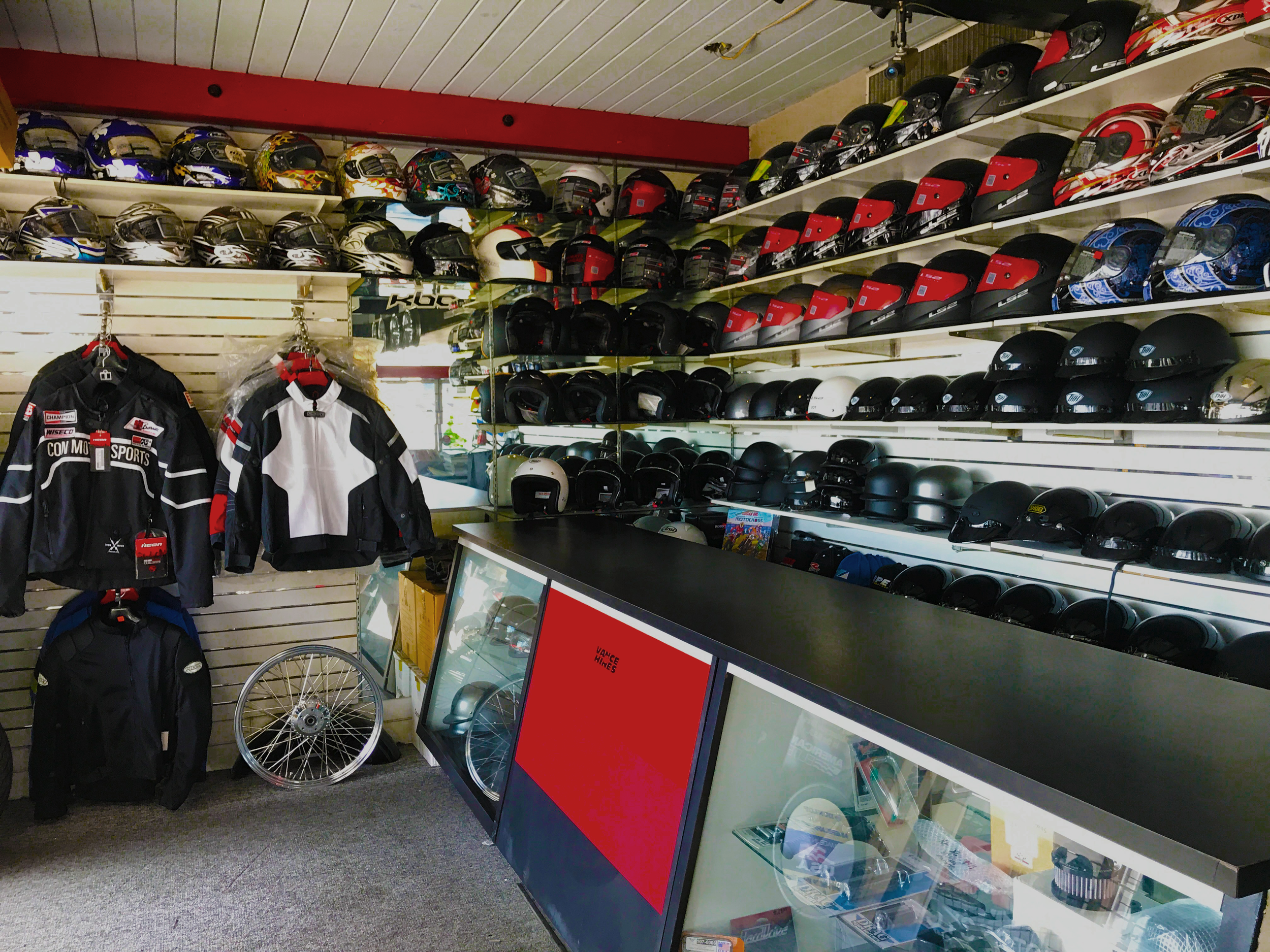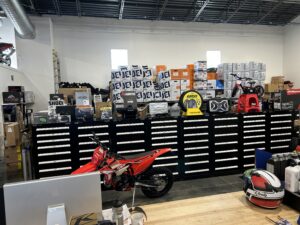Store the Best MX Parts NZ for Your High-Performance Bike
Store the Best MX Parts NZ for Your High-Performance Bike
Blog Article
Understanding Motorbike Gears: How to Optimize Your Riding Experience
In the realm of motorcycling, grasping the art of equipment adjustment is vital for improving your riding performance. Correctly utilizing and comprehending motorbike equipments can significantly affect control, gas, and velocity effectiveness, transforming a typical experience right into a smooth, electrifying journey.
Understanding Gear Mechanics
How do the intricacies of equipment technicians affect motorbike performance? At the core of motorcycle characteristics, equipment auto mechanics play a critical role in transforming engine power right into motion, ultimately dictating rate and control. Gears, thoroughly crafted components, allow riders to maximize torque and speed, ensuring a smooth shift through various surfaces and velocities. The equipment ratios, carefully made, figure out the connection between engine changes and wheel turns, affecting velocity and gas efficiency.
Recognizing equipment mechanics starts with identifying the significance of the gearbox, which houses several equipments of differing dimensions. These gears communicate with a procedure recognized as meshing, where teeth of various equipments engage to transmit power.
Additionally, the principle of equipment shifting is essential to taking full advantage of efficiency. Smooth and prompt changes make certain that the engine runs within its optimum power band, avoiding unnecessary stress and improving durability (motocross gear). By understanding these mechanical ins and outs, motorcyclists can accomplish a harmonious blend of efficiency, control, and power, boosting their riding experience
Timing Your Changes
Shift timing proficiency is important for optimizing bike efficiency and improving the riding experience. Appropriately timed shifts ensure that the engine runs within its optimum power band, which is crucial for maintaining control, attaining smooth velocity, and guaranteeing the longevity of the bike. Cyclists need to develop an intuitive sense of when to shift equipments, which includes understanding the relationship in between engine revolutions per min (RPM) and rate.
To master shift timing, pay very close attention to the engine's sound and really feel, as these supply important ideas regarding when to change equipments. When the engine comes close to the upper array of its power band without getting to the redline, the excellent shift factor usually takes place - motorcycle shop. Moving prematurely can cause an absence of power, while shifting as well late may trigger unneeded engine strain
Additionally, road conditions and riding design impact change timing. In comparison, throughout freeway riding, less changes at higher speeds can be much more proper.
Enhancing Gas Performance
While understanding bike equipments is crucial for performance, improving fuel effectiveness is similarly crucial for both financial and ecological factors. Optimum gas consumption not just lowers functional prices yet additionally decreases the eco-friendly impact of riding. To attain this, one have to recognize the detailed partnership in between gear selection and engine performance.
Firstly, picking the ideal equipment at proper speeds can considerably impact gas intake. Riding in a greater gear at lower speeds can lead to engine hauling, which view it now is destructive to both gas economic climate and engine health and wellness. Conversely, riding in reduced equipments at high speeds results in unnecessary fuel intake. Therefore, preserving an optimal equilibrium by moving gears in placement with roadway conditions and expected maneuvers is vital.
Furthermore, regular upkeep plays a critical duty in fuel efficiency. Making certain that redirected here the motorbike is well-tuned, with tidy air filters and appropriately inflated tires, can boost aerodynamics and minimize gas waste. Adopting a riding style that accepts gradual velocity and smooth deceleration can add to better fuel economic situation.

Methods for Smooth Transitions
Attaining smooth equipment changes is basic to boosting the riding experience and making certain the long life of a bike's transmission system. Correct equipment moving not only adds to a smooth ride but additionally reduces damage on the mechanical parts. To master the art of smooth transitions, riders need to concentrate on a couple of crucial techniques.

Second of all, clutch control plays an essential duty. Engaging and disengaging the clutch efficiently needs practice. The clutch bar ought to be released slowly, enabling a smooth transfer of power from the engine to the wheels without triggering a jolt or sudden activity.

Adjusting to Road Conditions
Browsing diverse roadway conditions is a critical skill for any motorcyclist intending to keep control and safety. Whether you're riding on wet surface areas, crushed rock roads, or browsing sharp turns, your capability to adapt your gear usage and riding technique is vital. Comprehending exactly how to change your gears properly can considerably impact grip and Our site stability, making sure a safer journey.
In comparison, when riding on crushed rock or uneven surface, reduced equipments are more effective. Lower equipments provide better control and enable you to react more swiftly to unanticipated changes in the road surface.
Sharp curves require accurate equipment management to balance speed and control. Downshifting before going into a curve can help keep momentum while making certain the bike stays steady throughout the turn. Consistent method in diverse conditions enhances your ability to respond and anticipate to changes in road appearance and slope.
Verdict
Understanding motorbike equipments considerably enhances the riding experience by improving acceleration, fuel, and control efficiency. A detailed understanding of equipment mechanics and specific change timing makes certain the engine runs within its optimal power band, while smooth transitions through efficient clutch and throttle coordination increase convenience and performance. Adjusting gear selection to different roadway problems, such as utilizing higher gears on wet surface areas and lower equipments on gravel, additional enhances handling and security. Inevitably, these skills boost the total trip.
Recognizing gear technicians begins with identifying the value of the transmission, which houses multiple gears of differing dimensions. These equipments engage via a procedure known as meshing, where teeth of different equipments engage to send power (motocross gear). Mild modifications to the throttle during gear changes can prevent jerky motions and keep a consistent riding pace
Whether you're riding on wet surface areas, gravel roads, or browsing sharp turns, your capacity to adapt your gear usage and riding method is critical. Adjusting gear option to different road problems, such as using greater equipments on damp surfaces and lower equipments on crushed rock, more boosts handling and safety.
Report this page